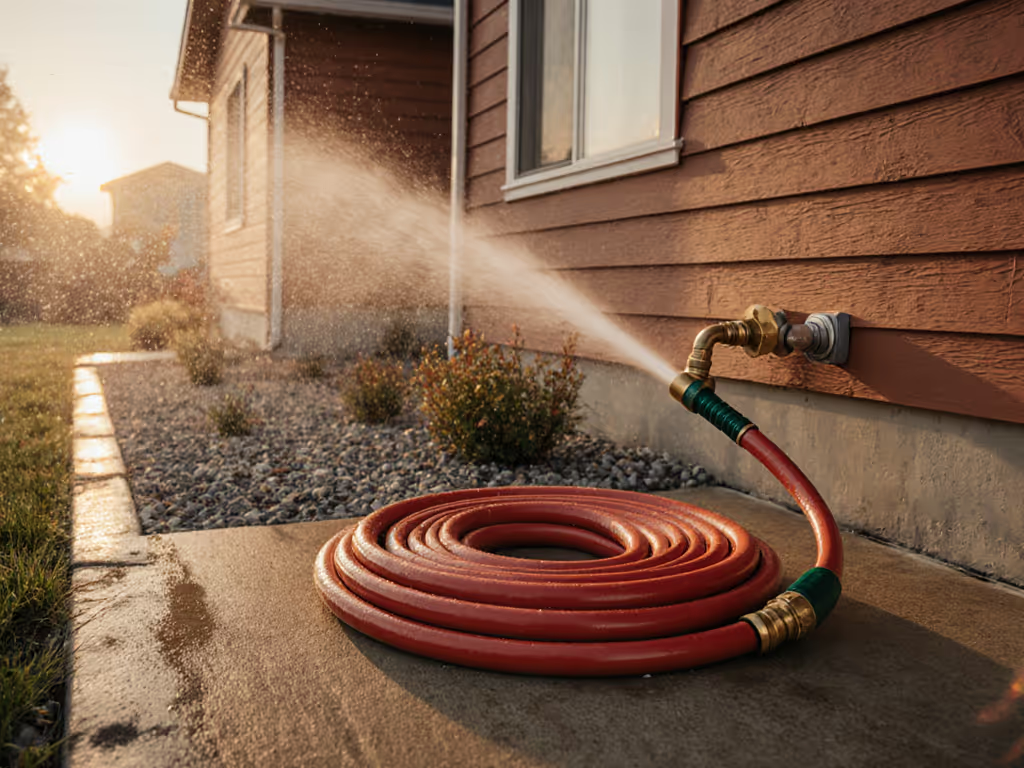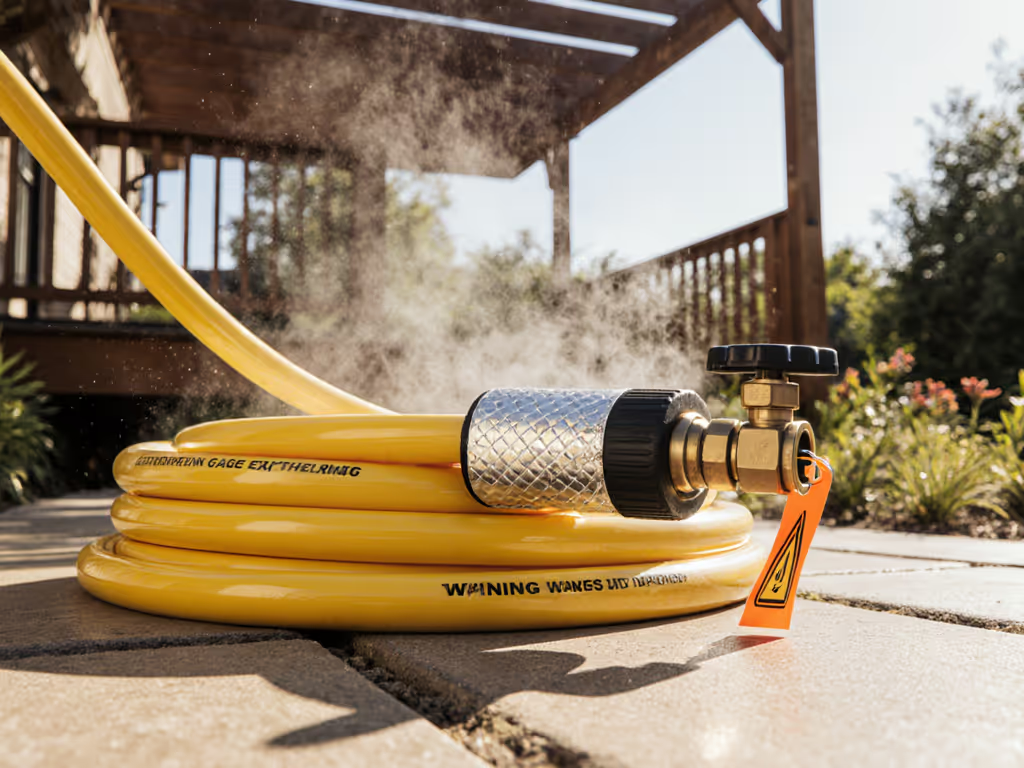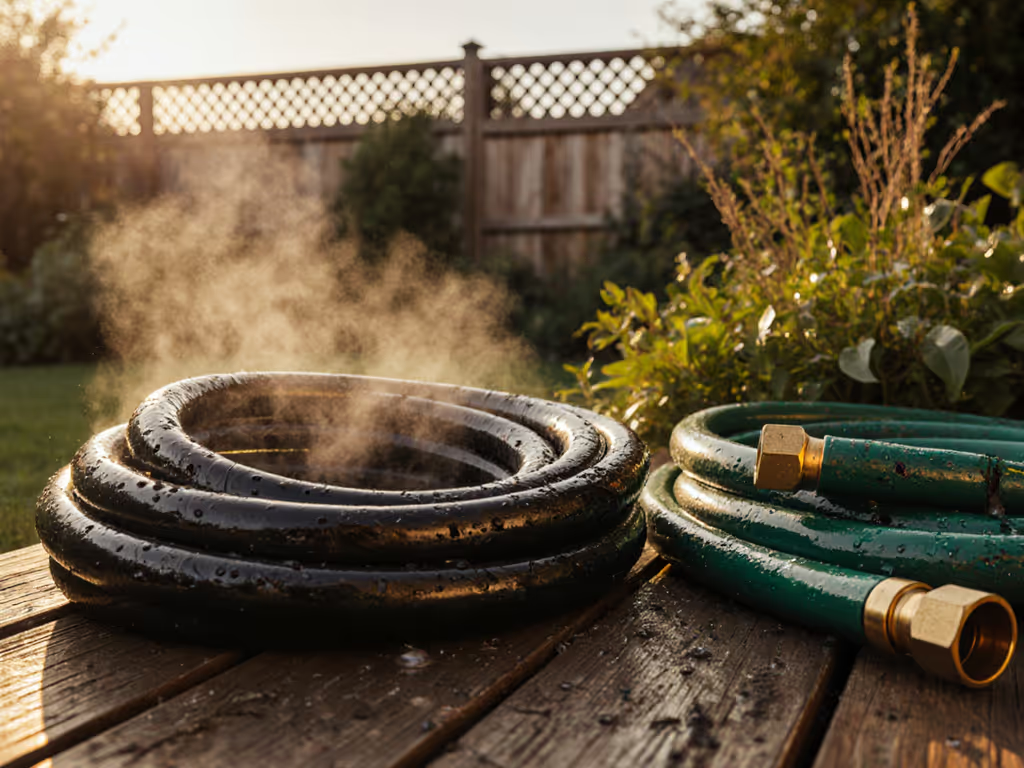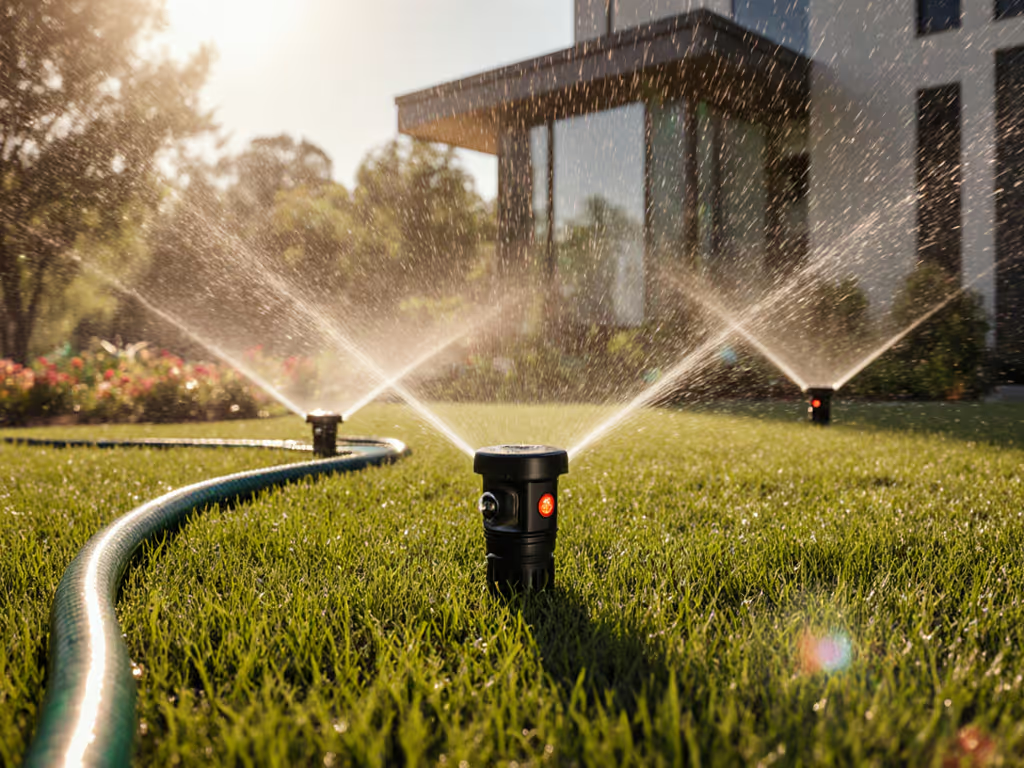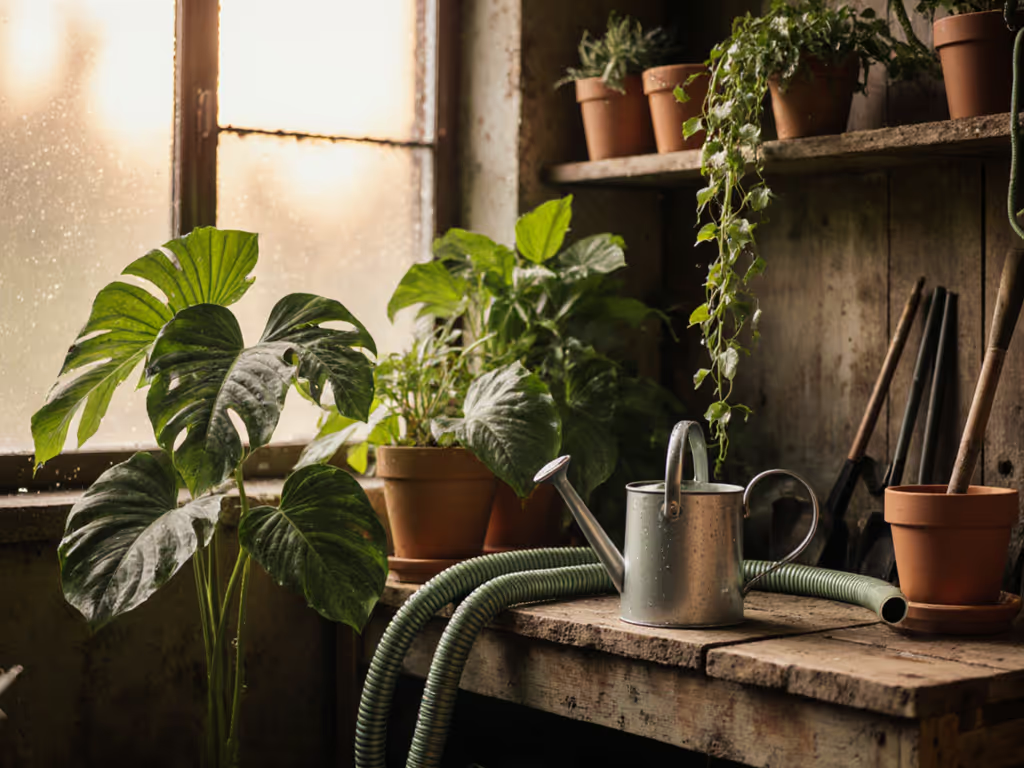
Best Garden Hose for Hydroponic Water Delivery Systems
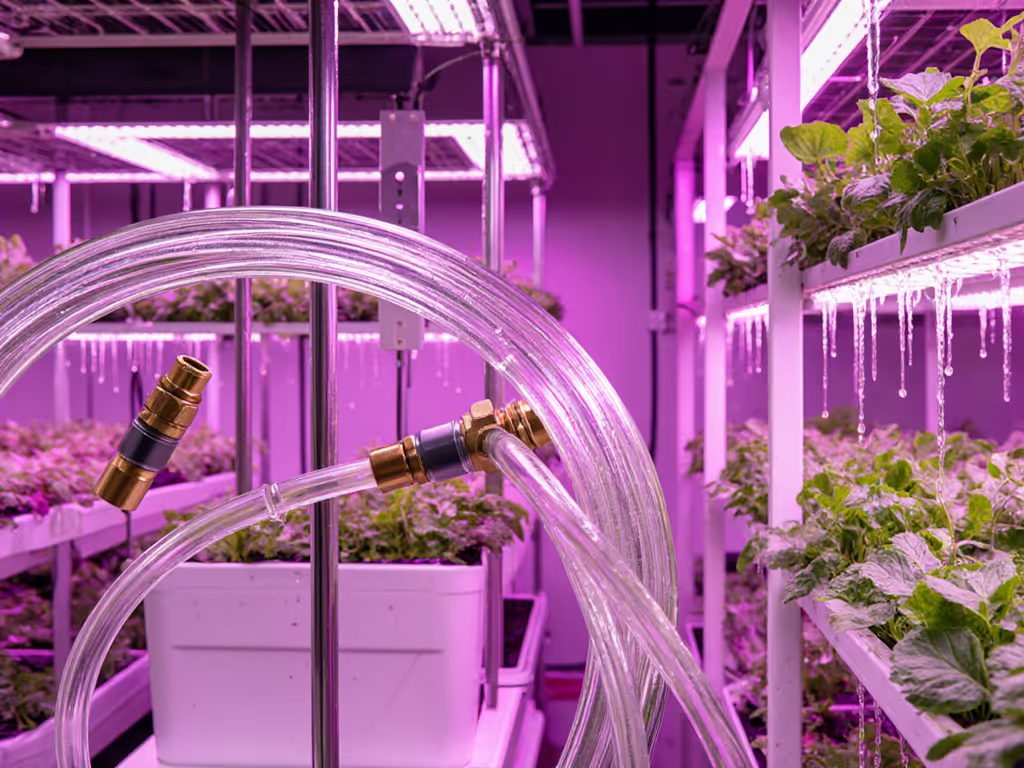
If you're building a hydroponic system, you've probably agonized over grow lights, nutrients, and pH controllers, but water delivery for hydroponics is equally critical. The best garden water hose isn't just about flexibility or kink resistance; it's about ensuring your nutrient solution stays pure from spigot to root zone. Skip the compatibility headaches and material safety concerns, and you'll waste precious harvests on contaminated water or mismatched fittings. I've been there (after three Saturday trips to return leaky adaptors). I mapped every thread dimension from source to nozzle and created a one-page checklist that keeps my food-safe system running smoothly. Let's get your water delivery dialed in right the first time (no more weekend regrets, just clean water flowing to your thriving plants).
Understanding Hydroponic Water Delivery Needs
Hydroponic systems demand more than "just a hose." Unlike traditional gardens, your nutrient delivery hose carries precisely balanced solutions that feed directly to roots without soil's natural filtration. This means every material choice matters:
- Chemical compatibility: Standard vinyl hoses can leach plasticizers into nutrient solutions, disrupting pH balance and potentially harming plants
- Temperature stability: Water temperature fluctuations affect nutrient uptake; your hose must resist heat absorption
- Flow consistency: Hydroponics requires steady, predictable flow rates (GPM) to maintain proper oxygenation If you're choosing between 1/2-inch and 5/8-inch hoses, our flow rate comparison shows how diameter impacts GPM in real setups.
- Potable safety: For edible crops, you need drinking-water-safe materials labeled NSF/ANSI 61 or FDA-compliant
Start with the spigot, end with a click-fit finish.
Most growers overlook how thread standards vary between indoor plumbing (typically 3/4" NPT) and outdoor spigots (3/4" GHT). I've seen too many frustrated hobbyists pour gallons of expensive nutrients down the drain because they didn't verify thread compatibility before connecting. The right hydroponic watering setup begins with understanding these connections (not after your first leak).
The Critical Compatibility Checklist
Follow this decision tree to avoid the most common pitfalls that ruin hydroponic systems:
- Identify your water source connection
- Indoor faucet? Likely 55/64-27 (standard sink thread)
- Outdoor spigot? Almost certainly 3/4" GHT (garden hose thread)
- Hydroponic reservoir inlet? Check manufacturer specs (often 1/2" barbed)
- Match thread standards using this flow
If using indoor faucet → get 55/64-27 to 3/4" GHT adapter
If using outdoor spigot → confirm standard 3/4" GHT fitting
Then → select hose with the same thread standard (critical!)
- Calculate required length
- Measure actual path from source to reservoir (not straight-line distance)
- Add 20% for bends and elevation changes
- Never use multiple connectors: each junction is a potential leak point
I've watched customers return hoses because they assumed "all garden fittings are the same", but BSP threads (common in Europe) won't seal properly on GHT spigots without adapters. Write down your measurements before shopping, and your system will work on the first try. This is where compatibility prevents returns; I've reclaimed countless weekends by verifying threads before installation.
Material Safety for Hydroponic Systems
For soilless gardening hose applications, material safety trumps all other features. Here's what actually matters:
-
Look for these certifications (not marketing claims): ✓ NSF/ANSI 61 (drinking water safety) ✓ FDA-compliant (food contact safety) ✓ Lead-free brass fittings (not just "brass-colored")
-
Avoid these materials for edible hydroponics: ✗ PVC without certifications (may contain phthalates) ✗ Unlabeled "rubber" hoses (could be recycled tire material) ✗ Expandable hoses with latex cores (degrades with nutrient solutions)
The ideal hydroponic water delivery hose uses polyurethane or food-grade polyethylene. These materials resist algal growth, won't leach chemicals, and maintain flexibility at lower temperatures (critical when your nutrient solution runs through an air-conditioned grow room). I once tested three "drinking water safe" hoses; only one passed my no-tape panic test where I checked for taste/odor after 24 hours of static water contact. Don't trust vague claims: ask for specific certifications.
Installation and Testing Your Hydroponic Water Delivery
Follow these steps for a leak-free system that works immediately: To maintain consistent outlet pressure and protect delicate emitters, see our garden hose pressure regulator tests.
- Dry-fit all connections before adding water
- Twist fittings by hand only (no wrenches)
- Confirm straight alignment; angled connections cause leaks
- Pressure test at 2x operating pressure
- Fill system but don't add nutrients yet
- Run for 15 minutes checking all joints
- Watch for slow seeps (not just obvious leaks)
- Verify flow rate with a simple test:
Fill 1-gallon container → Time how long it takes
GPM = 60 ÷ seconds
Compare to your pump/reservoir requirements
Pro tip: Install a simple in-line filter between your water source and hydroponic reservoir. Municipal water often contains sediment that clogs drip emitters over time, and this small addition prevents 80% of "why isn't my system flowing?" headaches. I keep spare O-rings on hand for quick fixes, but proper initial compatibility means I rarely need them.
Final Verdict: Your Path to Stress-Free Hydroponic Water Delivery
The best garden water hose for hydroponics isn't about brand names: it's about verified compatibility and material safety. Forget "kink-proof" marketing; focus on food-safe materials with proper certifications, thread standards that match your specific setup, and a length that avoids unnecessary connections. I've seen growers waste weeks troubleshooting nutrient issues only to discover their hose was leaching chemicals into the solution. With your own compatibility map in hand, you'll install with confidence, knowing every connection seals tight and your water stays pure. For edible grows, review our drinking-water-safe hose guide to ensure your materials truly meet NSF/ANSI 61 standards.
Remember: Start with the spigot, end with a click-fit finish. Get the fundamentals right, and your hydroponic system will deliver clean water season after season (no more wasting weekends on preventable leaks). Now go enjoy the real reward: watching your plants thrive with a water delivery system that just works.

